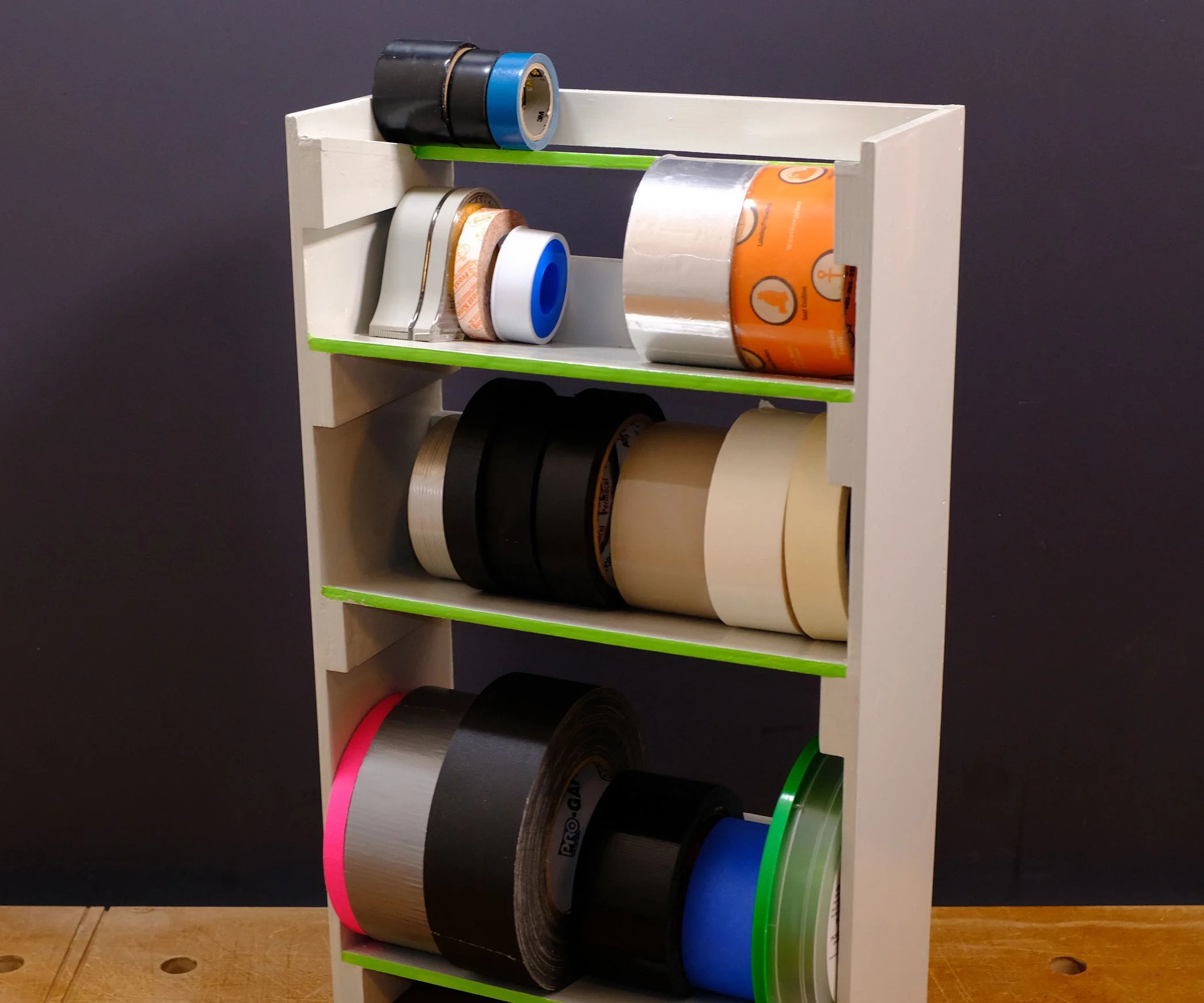

Articles
How To Store Tape Rolls
Modified: January 6, 2024
Learn how to properly store and preserve tape rolls in this informative guide. Discover tips and tricks for keeping your articles in excellent condition for long-lasting use.
(Many of the links in this article redirect to a specific reviewed product. Your purchase of these products through affiliate links helps to generate commission for Storables.com, at no extra cost. Learn more)
Introduction
Tape rolls are essential tools for various industries, from packaging and shipping to arts and crafts. Whether you use them for sealing boxes or creating artistic masterpieces, proper storage of tape rolls is crucial to maintain their quality and usability. In this article, we will explore the importance of storing tape rolls correctly and provide you with practical tips on how to do it effectively.
Proper storage ensures that tape rolls remain intact, adhesive remains strong, and they are ready for use whenever you need them. By taking the time to organize and store your tape rolls correctly, you can save yourself from the frustration of damaged or unusable tape when you need it the most.
Before we delve into the details of storing tape rolls, let’s first gain a better understanding of the different types of tape rolls available in the market.
Key Takeaways:
- Proper storage of tape rolls is crucial to maintain their quality and usability. Understanding the different types of tape rolls and choosing the right storage space are essential for preserving their adhesive strength and longevity.
- Organizing and preparing tape rolls, storing them properly, and preventing damage through regular maintenance are key to ensuring they remain in optimal condition for future use. By following these steps, you can maximize the usability and lifespan of your tape rolls.
Read more: How To Store Rolls Of Tape
Understanding Tape Rolls
Tape rolls come in various types and sizes, each designed for specific purposes. The most common types include packaging tape, duct tape, masking tape, and double-sided tape.
Packaging tape is commonly used for sealing boxes and packages. It has a strong adhesive that securely holds the contents together during transit or storage.
Duct tape, on the other hand, is known for its versatility and strength. Its strong adhesive makes it suitable for a wide range of purposes, from repairing household items to crafting projects.
Masking tape is often used in painting projects. It is designed to be easily removable, leaving no residue or damage on surfaces.
Double-sided tape has adhesive on both sides and is used to adhere two surfaces together, such as mounting photos or posters.
Understanding the type of tape rolls you have will help you determine the best storage practices for each type. Additionally, it’s essential to consider the environmental conditions that can affect the quality of the tape.
Choosing the Right Storage Space
When it comes to storing tape rolls, choosing the right storage space is crucial to ensure their longevity and usability. Here are some factors to consider when selecting a storage area:
1. Temperature and Humidity:
Tape rolls are sensitive to extreme temperatures and high humidity, as these conditions can affect the adhesive properties and overall quality of the tape. It is best to store them in a cool, dry place with a temperature between 50-77°F (10-25°C) and a humidity level below 40-50%.
2. Avoid Direct Sunlight:
Exposure to direct sunlight can cause the tape’s adhesive to weaken or melt. Choose a storage area away from windows or any other sources of direct sunlight.
3. Dust and Debris:
To prevent dust and debris from accumulating on your tape rolls, store them in a clean and enclosed space. A cabinet or drawer with a lid is an ideal option to keep the tapes protected and free from any potential contaminants.
4. Accessibility:
Make sure the storage space is easily accessible for convenience. This will save you time and effort when you need to retrieve a tape roll quickly.
5. Limited Exposure to Air:
Prolonged exposure to air can cause the adhesive on tape rolls to dry out and lose its effectiveness. Consider using a storage container with a tight seal or resealable plastic bags to prevent air from getting in.
By keeping these factors in mind, you can choose an optimal storage space that provides the right conditions for preserving the quality of your tape rolls.
Preparing and Organizing Tape Rolls
Before storing your tape rolls, it’s important to prepare and organize them appropriately. Here are some steps to follow:
1. Remove Excess Residue:
If there is any old or dried adhesive residue on the tape rolls, gently clean it off using a damp cloth or adhesive remover. This will ensure that the tape rolls are clean and ready for storage.
2. Group Similar Types:
Categorize your tape rolls based on their types, such as packaging tape, duct tape, masking tape, etc. This will make it easier to find the specific tape you need when the time comes.
3. Label Accordingly:
Label each group of tape rolls to indicate their type. Use a permanent marker or label maker to clearly identify the contents of each storage container or shelf. This will help you quickly locate the desired tape roll without any confusion.
4. Consider Length and Width:
If you have tape rolls of different lengths and widths, you can further organize them by size. This will streamline the selection process when you have specific requirements for your projects or packaging needs.
5. Storage Containers:
Invest in storage containers designed for tape roll organization. Choose containers that are the appropriate size to hold your tape rolls without causing any deformation or damage to the rolls. Clear plastic containers are ideal as they allow you to see the contents easily.
6. Store Vertically:
When placing tape rolls in a storage container or on a shelf, store them vertically to prevent any crushing or bending. This will maintain the integrity of the roll and ensure it remains easy to unwind when needed.
By following these preparatory and organizational steps, you’ll be able to store your tape rolls efficiently and have them readily accessible when required. This will save you time and frustration in the long run.
Store tape rolls in a cool, dry place away from direct sunlight to prevent the adhesive from drying out or becoming less sticky. Keep them in their original packaging or a sealed plastic bag to protect them from dust and moisture.
Storing Tape Rolls Properly
Once you have prepared and organized your tape rolls, it’s essential to store them properly to maintain their quality and effectiveness. Here are some tips to help you store tape rolls correctly:
1. Vertical Storage:
Store tape rolls in an upright, vertical position whenever possible. This allows the rolls to maintain their shape and prevents them from becoming misshapen or flattened. Consider using a tape dispenser or a dedicated tape roll holder to keep them in place.
2. Avoid Pressure and Weight:
Avoid stacking heavy objects on top of the tape rolls, as this can result in deformation or damage to the rolls. Keep them in a location where they won’t be subjected to unnecessary weight or pressure.
3. Separate Different Types:
If you have multiple types of tape rolls, keep them separate to avoid any potential mixing or confusion. This will ensure that you can easily find the specific tape you need without sorting through a jumbled collection.
4. Consider Temperature and Humidity:
As mentioned earlier, maintain a stable temperature and humidity level in the storage area. Extreme temperatures, high humidity, or fluctuations in these factors can compromise the adhesive properties of the tape rolls. Store them in a climate-controlled environment if possible.
5. Store Unopened Tape Rolls in Original Packaging:
If you have unopened tape rolls, it’s best to store them in their original packaging. The packaging is designed to protect the tape rolls from external elements and keep them in optimal condition until you’re ready to use them.
6. Regularly Rotate Inventory:
If you have a large collection of tape rolls, it’s essential to rotate your inventory regularly. Use the oldest tape rolls first to prevent them from degrading over time. This practice ensures that you always have fresh, usable tape rolls on hand.
By following these storage tips, you can extend the lifespan of your tape rolls and ensure they remain in excellent condition for future use.
Read more: How To Store Tape
Preventing Damage to Tape Rolls
Tape rolls are susceptible to damage if not handled and stored properly. Here are some important steps to help you prevent damage and prolong the lifespan of your tape rolls:
1. Avoid Extreme Temperatures:
Extreme heat or cold can affect the adhesive quality of tape rolls. Keep them away from direct sunlight, radiators, or areas with temperature fluctuations.
2. Protect from Moisture:
Moisture can cause the tape to lose its stickiness and become unusable. Store tape rolls in a dry environment, away from areas prone to moisture, such as basements or bathrooms.
3. Handle with Clean Hands:
When using tape rolls, make sure your hands are clean and free from dirt, oil, or any substances that can transfer onto the tape. This will prevent contamination and ensure a strong adhesive bond.
4. Avoid Excessive Force:
When applying tape, avoid using excessive force that can cause the tape to stretch or break. Apply even pressure along the length of the tape for a secure seal or attachment.
5. Store Away from Sharp Objects:
Keep tape rolls away from sharp objects that can tear or puncture the packaging. Store them in a separate compartment or container to prevent accidental damage.
6. Use a Dispenser or Cutter:
Invest in a tape dispenser or cutter to ensure clean, precise cuts without damaging the rest of the tape. This will help prevent frayed edges that can compromise the tape’s usability.
7. Check for Damage Regularly:
Inspect your tape rolls periodically for any signs of damage, such as tears, discoloration, or loss of adhesion. Replace any damaged rolls to maintain a reliable supply of tape.
8. Secure the Packaging:
For tape rolls that come in boxes or cartons, make sure to securely close the packaging after use. This prevents dust and debris from entering and damaging the tape inside.
By following these preventive measures, you can significantly minimize damage to your tape rolls and ensure they remain in optimal condition for their intended use.
Regular Maintenance and Inspection
Maintaining and inspecting your tape rolls on a regular basis is essential to ensure their functionality and usability. Here are some practices to incorporate into your maintenance routine:
1. Check Adhesive Strength:
Periodically test the adhesive strength of your tape rolls by applying a small piece to a surface. If the tape does not adhere firmly or shows signs of weak adhesion, it may be time to replace the roll.
2. Monitor Storage Conditions:
Continuously monitor the storage conditions of your tape rolls. Maintain a cool, dry environment, and ensure there are no changes in temperature or humidity that could affect the tape’s adhesive properties.
3. Rotate Your Inventory:
As mentioned earlier, regularly rotate your inventory by using older tape rolls first. This ensures that tape rolls do not sit unused for extended periods, reducing the risk of degradation or loss of adhesive quality.
4. Clean Tape Dispensers:
If you use a tape dispenser, clean it periodically to remove any adhesive residue or dirt that may interfere with the proper function of the dispenser. A clean dispenser ensures smooth and efficient tape application.
5. Replace Damaged or Expired Tape:
Inspect your tape rolls for any signs of damage, such as tears, wrinkles, or discolored adhesive. Additionally, be aware of the expiration dates on your tape rolls, as expired tape may not adhere properly. Replace any damaged or expired tape to maintain optimal performance.
6. Keep an Inventory Record:
Consider keeping an inventory record of your tape rolls, noting the purchase date, type, and any other relevant details. This record will help you keep track of your tape supply, identify when a particular type is running low, and ensure that you always have the right tapes on hand.
By regularly maintaining and inspecting your tape rolls, you can catch any potential issues early on and take the necessary steps to address them. This proactive approach will ensure that your tape rolls are always in top condition and ready for use when you need them.
Conclusion
Proper storage of tape rolls is essential to maintain their quality, adhesive strength, and usability. By following the guidelines outlined in this article, you can ensure that your tape rolls remain in optimal condition and are ready for use whenever you need them.
Start by understanding the different types of tape rolls you have and their specific storage requirements. Choose a suitable storage space that maintains a stable temperature, low humidity, and minimal exposure to sunlight. Organize your tape rolls by type, label them accordingly, and store them vertically to prevent damage.
Preventing damage to tape rolls involves avoiding extreme temperatures, protecting them from moisture, handling them with clean hands, and storing them away from sharp objects. Additionally, using a tape dispenser or cutter can ensure clean cuts and precise application.
Regular maintenance and inspection are key to keeping your tape rolls in excellent condition. Test the adhesive strength, monitor storage conditions, rotate your inventory, clean tape dispensers, and replace any damaged or expired tape. Keeping an inventory record can also help you stay organized and ensure you always have the right tapes on hand.
Properly storing tape rolls not only extends their lifespan but also saves you from the frustration of using damaged or ineffective tape. By investing a little time and effort in storing your tape rolls correctly, you can maximize their usability and ensure that they always perform at their best.
So, take the necessary steps to store your tape rolls properly, and enjoy the convenience and reliability of having high-quality tape available whenever you need it.
Frequently Asked Questions about How To Store Tape Rolls
Was this page helpful?
At Storables.com, we guarantee accurate and reliable information. Our content, validated by Expert Board Contributors, is crafted following stringent Editorial Policies. We're committed to providing you with well-researched, expert-backed insights for all your informational needs.
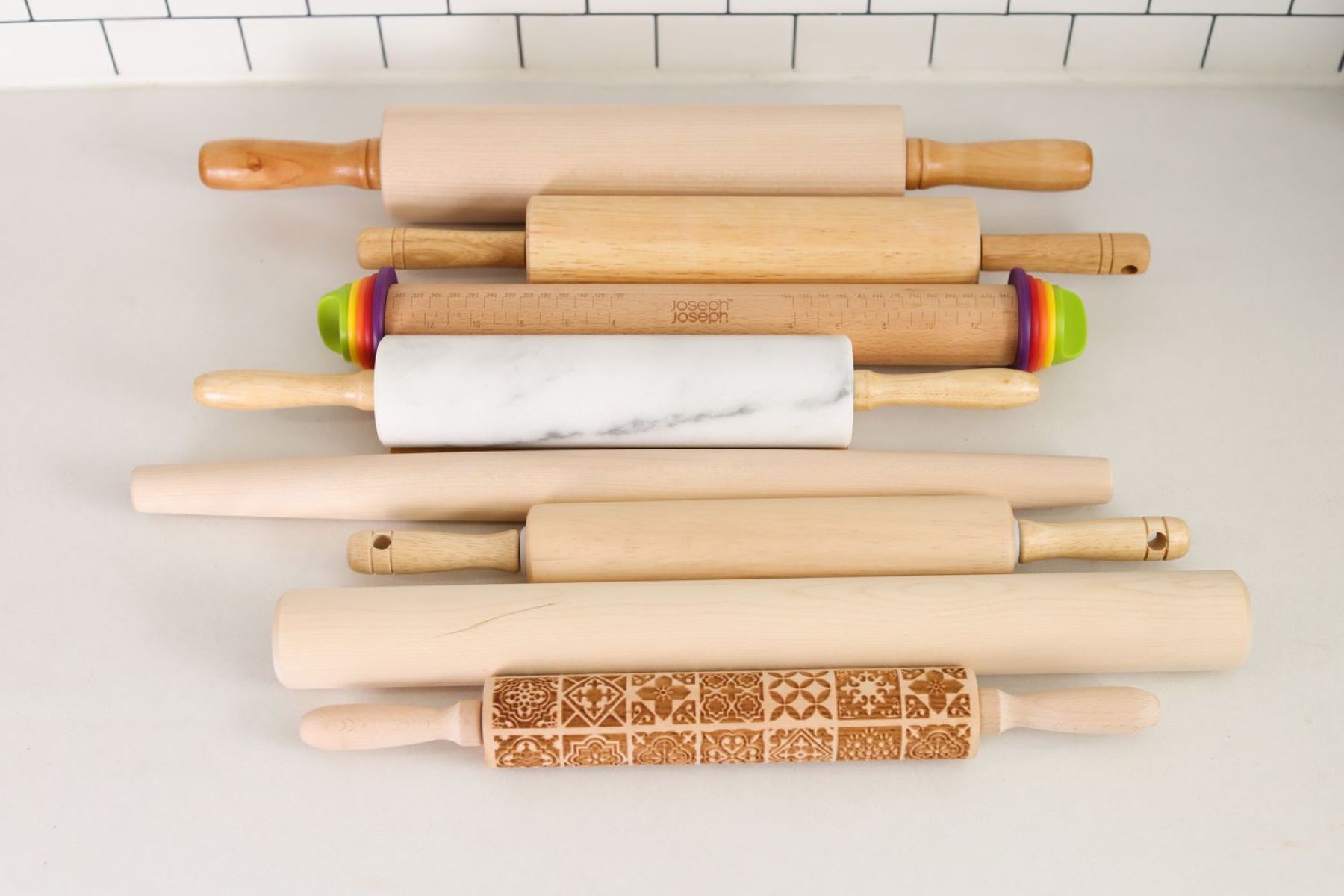
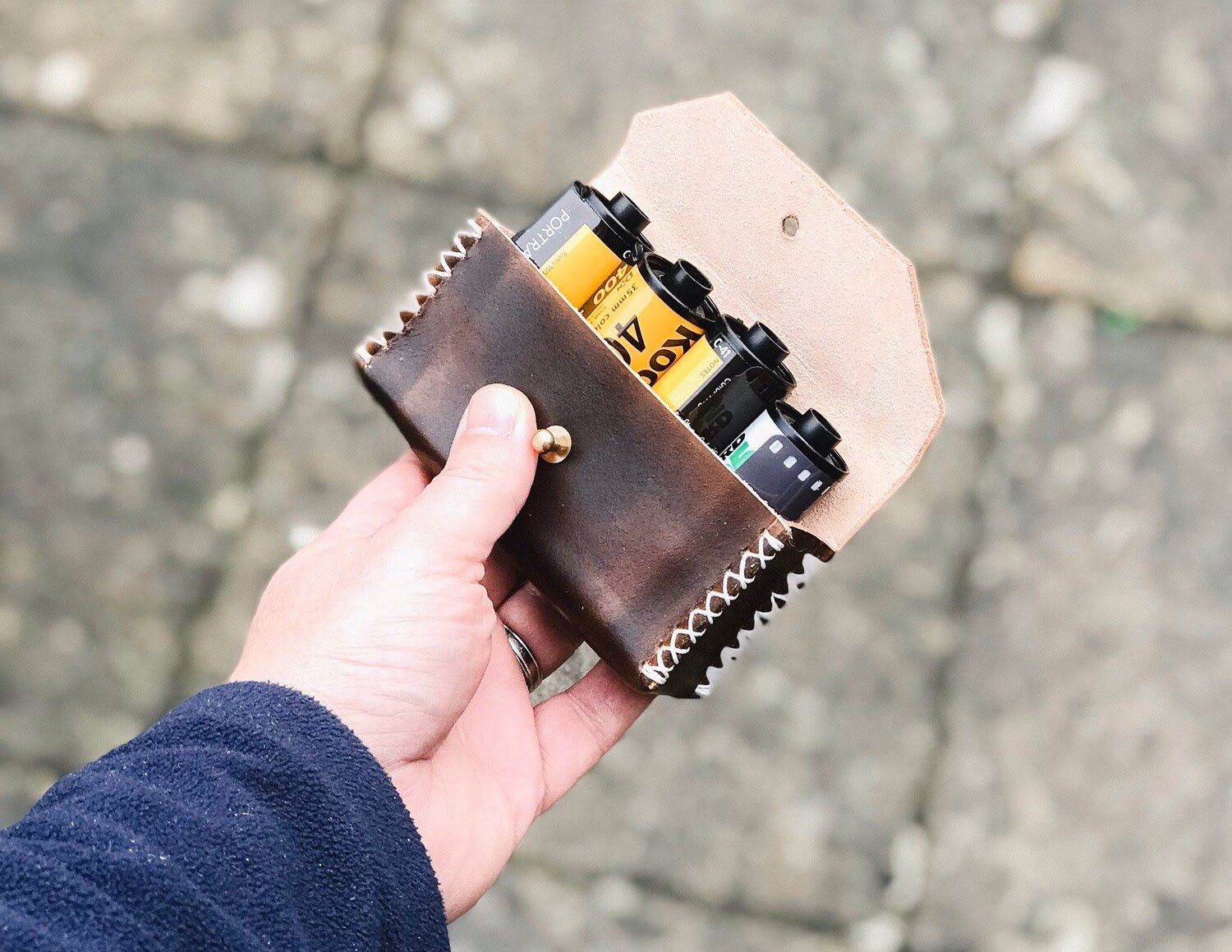







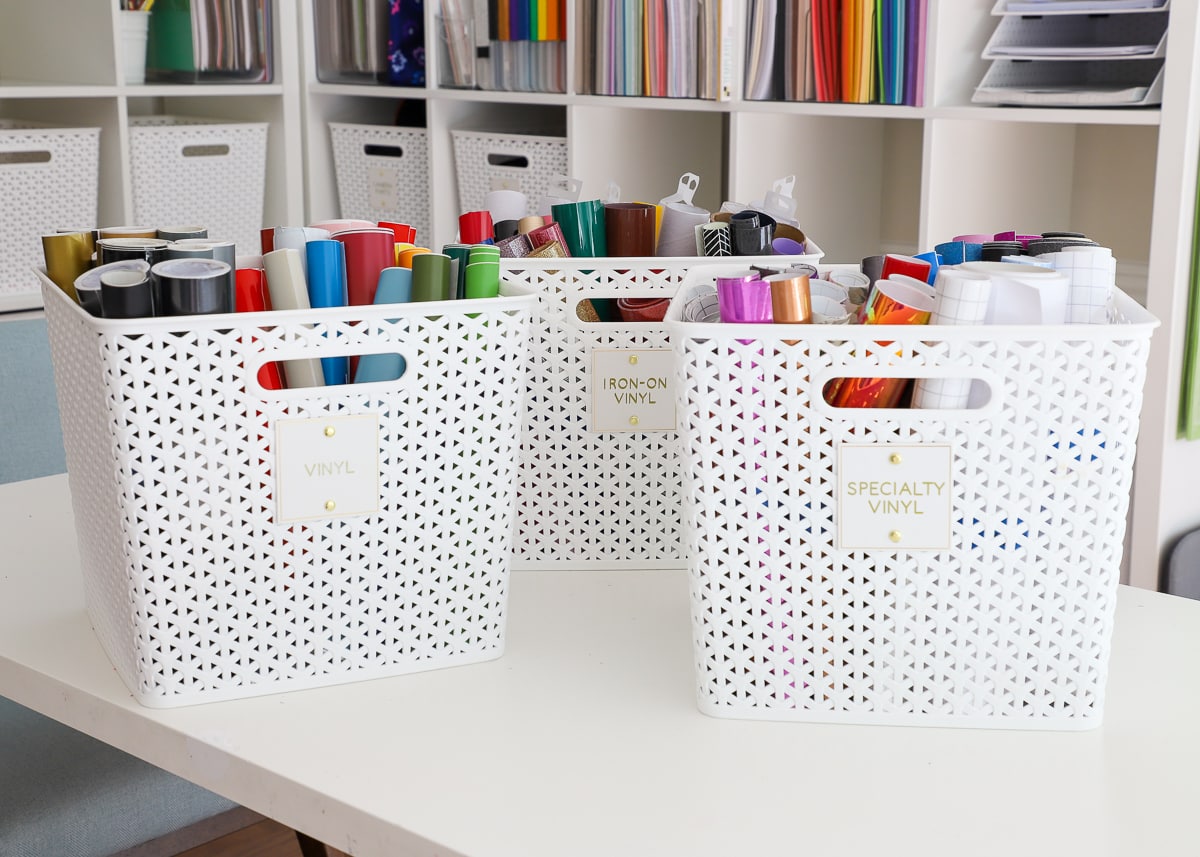


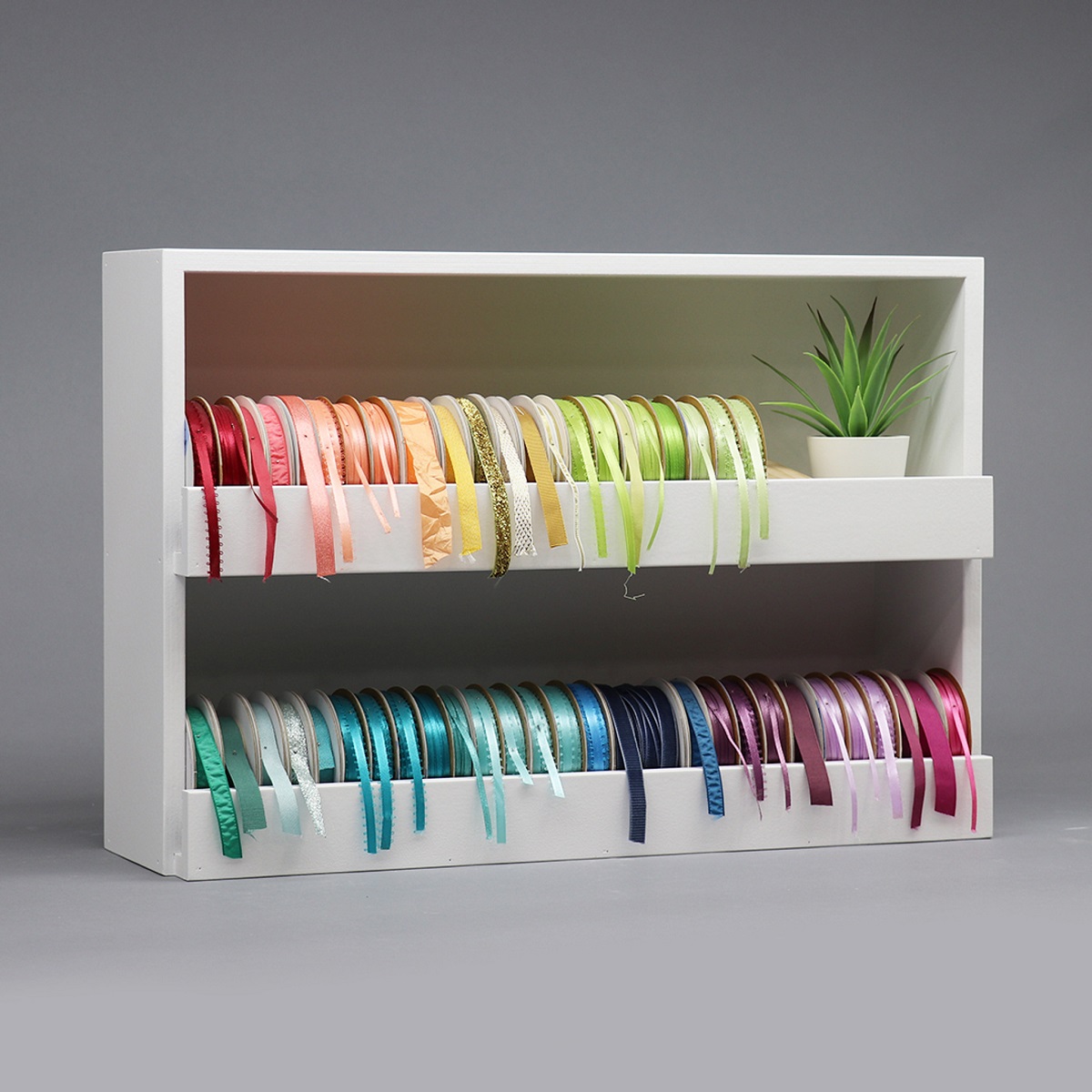


0 thoughts on “How To Store Tape Rolls”